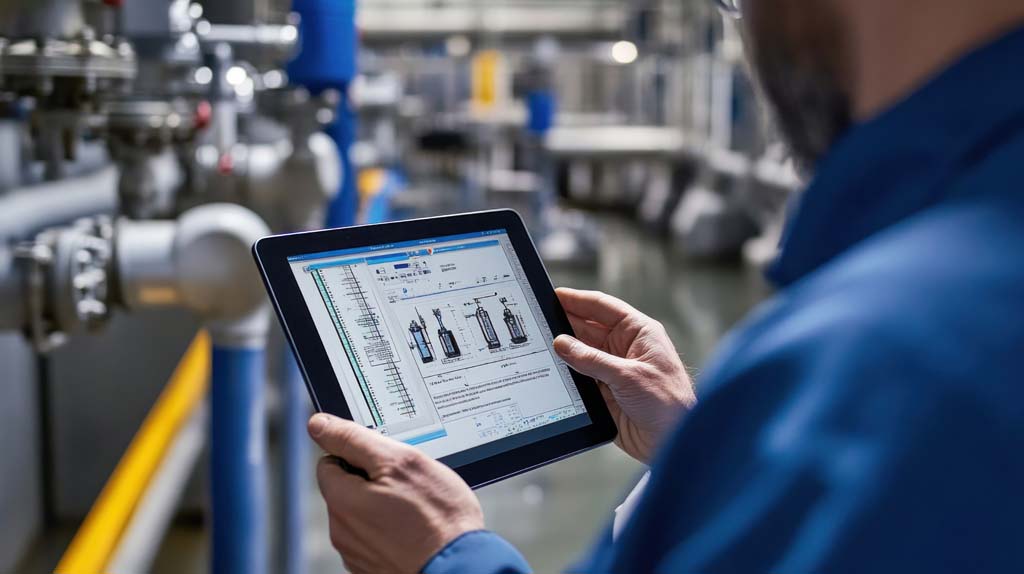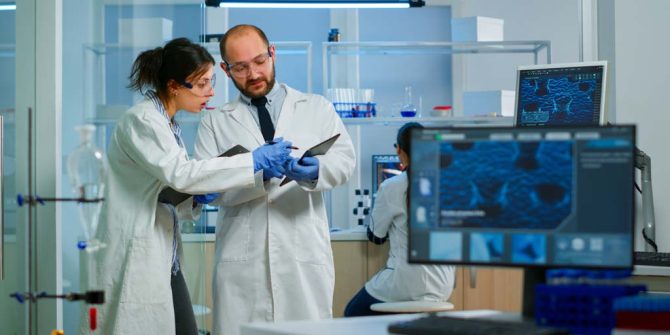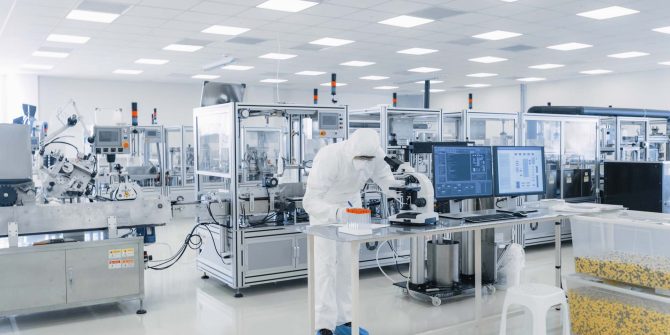TEEXMA for LIMS
Offre ELN
Le logiciel de Cahier de Laboratoire Électronique (ELN) pour digitaliser et centraliser vos protocoles expérimentaux, données scientifiques et résultats de recherche

Enjeux du logiciel ELN (Electronic Lab Notebook)
L’offre ELN de TEEXMA for LIMS facilite l'accès aux données historiques et centralise la gestion des informations pour un gain de temps et une meilleure exploitation des expériences passées.
Cette digitalisation des processus diminue les incohérences et assure des informations fiables. De plus, l’intégration de procédures normalisées (SOP) permet aux équipes de recherche de suivre des protocoles uniformes, favorisant ainsi la cohérence et la reproductibilité des résultats.
La plateforme offre une traçabilité complète pour les audits et garantit la sécurité des données avec des contrôles d'accès stricts, limitant l’accès aux utilisateurs autorisés. En renforçant la collaboration, la traçabilité et la sécurité, L'offre ELN (Electronic Lab Network) est un atout clé pour les laboratoires cherchant à optimiser leur productivité et à se conformer aux exigences réglementaires.
Découvrez l'offre ELN de TEEXMA for LIMS
Une offre modulaire et évolutive adaptable à votre juste besoin. Sautez le pas de l’industrie 4.0 en digitalisant vos activités de laboratoire. Les fonctionnalités de l’offre ELN de TEEXMA for LIMS sont paramétrables afin d’optimiser l’efficacité du laboratoire et d’obtenir une productivité accrue dans les processus d’analyses. Notre solution de cahier de laboratoire électronique permet aux ingénieurs, techniciens et chercheurs du laboratoire de structurer leur travail quotidien et de consigner les résultats d’expérimentations dans une base de données sécurisée et ergonomique. Dans une logique de conformité réglementaire du laboratoire (ISO 17025), le logiciel ELN permet de fournir plus simplement les preuves documentaires nécessaires (CFR 21 Part 11, Audit Trail).







